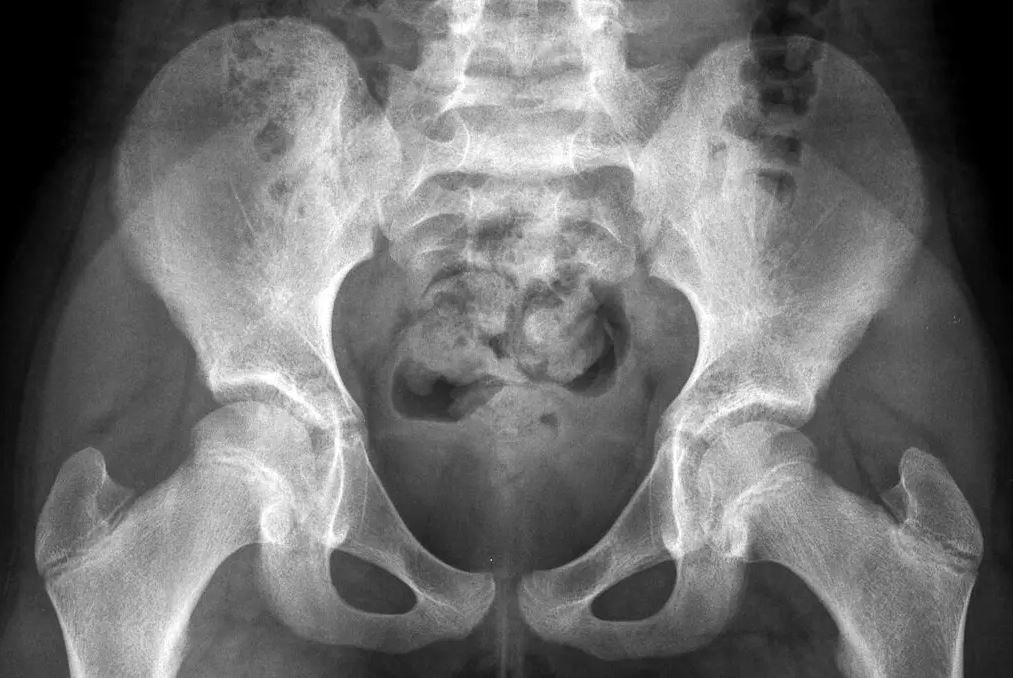The story of a young girl from Ohio who, at the age of 10, travelled to another state to have an abortion gained widespread attention this week, prompting famous opponents of abortion to claim that the girl should have given birth to her child instead of terminating her pregnancy.
However, midwives and physicians who work in places where it is usual for early teenage girls to get pregnant argue that individuals who advocate for very young girls to bring pregnancies to term may not be aware of the severe physical toll that pregnancy and delivery take on a child’s body.
In the United States, the situation of young females having infants is not as common as it is in other countries. According to the Guttmacher Institute, which advocates for the legalisation of abortion and conducts regular clinic surveys, there were 4,460 pregnancies among girls under the age of 15 in 2017, the most recent year for which data was available. Of those pregnancies, just under half resulted in an abortion.
According to the World Health Organization, however, problems associated with pregnancy and delivery constitute the top cause of mortality for young women worldwide who are between the ages of 15 and 19.
According to a study that was conducted in 2014 and published in the Journal of Neonatal-Perinatal Medicine, there is a correlation between young maternal age and an increased risk of postpartum depression, as well as an increased risk of maternal anaemia, infections, eclampsia and pre-eclampsia, emergency caesarean delivery, and eclampsia.
According to Dr. Willibald Zeck, the maternal and newborn health coordinator for the United Nations Population Fund, babies born to girls are more likely to be premature and have a low birth weight. Dr. Zeck frequently delivered babies for young mothers while working as a gynaecologist in Tanzania. He later oversaw maternal health programmes in Nepal and the Philippines.
According to him, however, even receiving adequate prenatal care is not enough to protect extremely young moms from developing hypertension or urinary tract infections (both of which are highly prevalent).
Early pregnancy, in the situations that he has observed, causes the very young mother’s physical growth to stop. It also often causes the very young mother’s mental development to stop, since many girls drop out of school and miss regular social connection with their peers, he added. But as an anaemic woman fights to bear the pregnancy, the babies continue to take in nutrition and develop, until they have significantly outgrown what a young mother’s pelvis is able to deliver.
The majority of these instances include the development of vesicovaginal fistula, which is characterised by the formation of a hole in the wall of the bladder that connects to the vagina. Because of the lengthy labour, the girl may develop a fistula of the rectum in one-fourth of all instances. This results in the girl continually leaking urine as well as faeces.
Dr. Syed has indicated that he is able to treat patients suffering from fistula at his clinic, provided that they are aware that therapy is available and make their way there. However, the procedure involves a lengthy recovery period: a fistula of the bladder takes around five weeks to cure, while a rectal fistula takes between four and five months to recover from.
Dr. Dyalchand started his work in the field of public health in 1978 at a modest district hospital located in the rural area of Maharashtra, which is located on the western coast of India. During his first week on the job, two young women who were pregnant and bleeding to death were treated at the hospital. One of them passed away while she was giving birth, and the other died before she could even enter the building. It was the beginning of a lengthy career for him in which he worked with communities to persuade them to postpone the age of marriage and the age at which females had their first child.
This intervention has been rather successful, and, as Dr. Dyalchand pointed out, India has also been significantly increasing access to abortions in recent years. Up to the 24th week of pregnancy, the treatment may be carried out legally.
Ms. Bass Gomez of Gambia said that her clinic is able to provide appropriate prenatal care to pregnant girls, but that this does nothing to lessen the wider level of trauma that is associated with the experience. According to what she claimed, her clinic is geared on providing services to adults. “But when you have a kid come in equally pregnant, it is incredibly traumatic for the youngster,” she added. “When you have a child walk in equally pregnant.” “That setting is not pleasant for them, and it is not set up for them in any way. There is a great deal of embarrassment and humiliation.”

